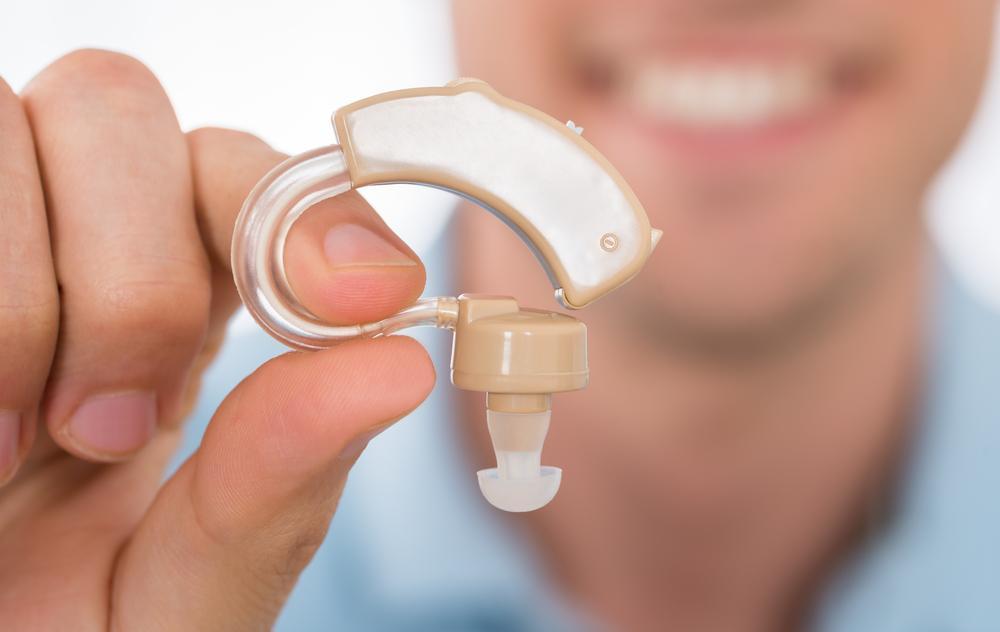Comprehensive Guide to Hearing Aid Styles and User Experiences
This comprehensive article explores various hearing aid styles, including in-the-ear and fully-in-the-canal models, highlighting their features, advantages, challenges, and user feedback. It offers insights into choosing the right hearing aid based on lifestyle and hearing needs, emphasizing technological advancements and maintenance aspects to help users make informed decisions for improved auditory experiences.

Comprehensive Guide to Hearing Aid Styles and User Experiences
The rapid advancement of hearing aid technology over recent years has transformed the landscape of hearing assistance devices. Today’s hearing aids are equipped with sophisticated hardware components and cutting-edge software features, designed to improve user comfort and auditory clarity. These devices come in a diverse array of styles and sizes, each tailored to meet different degrees of hearing loss, aesthetic preferences, and lifestyle requirements.
Understanding the various hearing aid styles is essential for users to make informed choices that best fit their particular needs. Whether you prefer a discreet, nearly invisible device or a more robust and feature-rich model, there's a hearing aid style suited for you. In this comprehensive guide, we will explore the most common styles, their advantages, potential drawbacks, and user feedback to help you navigate your options effectively.
In-the-ear (ITE) Hearing Aids:
In-the-ear (ITE) hearing aids are a popular choice among users due to their integrated design, fitting directly inside the outer ear. These devices are crafted to take advantage of dual microphones, which enhance directional sound processing, making speech recognition clearer even in noisy environments. Their design makes them suitable for individuals with moderate to severe hearing loss.
One of the key advantages of ITE devices is their accessibility; since they are situated within the ear, they tend to be easier for users to manipulate despite limited dexterity, especially with the aid of a mirror or assistive tools. They can be customized to fit the unique contours of each ear, providing a comfortable and secure fit.
However, ITE hearing aids are exposed to environmental factors such as moisture and earwax buildup, which can lead to maintenance challenges. Their placement close to the eardrum can cause feedback issues—squealing sounds caused by sound echoing within the ear canal—particularly if the device does not manage feedback effectively. Modern digital ITE models incorporate feedback cancellation technology, but some older or basic models still experience this common problem.
Manufacturers continuously innovate, and many ITE aids now include features like Bluetooth connectivity, noise reduction, and rechargeable batteries. Despite their advantages, they may require periodic professional repair or adjustments, especially if damaged or if hearing needs change over time.
Fully-in-the-Canal (FIC) Hearing Aids:
FIC hearing aids are among the smallest and most discreet options available today. As their name suggests, these devices fit deeply into the ear canal, making them virtually invisible when worn. Their compact design is especially appealing to users who prioritize aesthetics and discretion.
FIC devices offer an excellent solution for mild to moderate hearing loss, providing high-quality sound amplification without the bulkiness of traditional models. Their placement within the ear canal allows for a natural sound experience, as the ear's shape helps direct sound into the ear. Additionally, FIC aids can leverage the natural acoustics of the ear to improve sound quality in various listening environments.
Despite these benefits, FIC hearing aids are not without their challenges. Due to their small size, they can still encounter feedback issues—such as whistling sounds caused by sound leakage—and may require careful fitting by an audiologist to prevent occlusion effects, where the user experiences a sensation of fullness or blockage in the ear. These aids may also need more frequent maintenance, like cleaning and battery replacement, owing to their confined space and delicate components.
Users generally appreciate the low visibility of FIC hearing aids, and advancements in digital technology have enhanced their performance remarkably. Features like wireless connectivity, voice control, and adaptive sound processing are now available in many FIC models, making them a versatile choice for modern users.
Choosing the Right Hearing Aid:
Selecting the appropriate hearing aid style involves considering multiple factors including the degree of hearing loss, lifestyle, aesthetic preferences, and budget. Consulting with an audiologist is crucial, as they can recommend devices that best align with your auditory needs and help with proper fitting and troubleshooting.
Beyond the physical aspects, user feedback indicates that comfort and ease of use significantly influence satisfaction. Some users prefer devices that are easier to handle, while others prioritize subtlety and minimal visibility. Technological features such as Bluetooth connectivity, noise cancellation, and rechargeable power sources further enhance usability and convenience.
It is also worth considering the maintenance requirements of different styles and the availability of after-sales support. Hearing aids often require ongoing adjustments and repairs, so choosing a reputable provider with solid customer service is advisable.
Overall, the variety of hearing aid styles ensures that there is an option suitable for every user, whether you need a powerful device for severe impairment or a discreet aid for moderate loss. Advances in technology continue to improve the functionality, comfort, and aesthetics of these devices, offering users a better quality of life and enhanced communication abilities.
In summary, understanding the different hearing aid styles, their features, and user experiences can empower you to make an informed decision. Whether you opt for in-the-ear, completely-in-the-canal, behind-the-ear, or other specialized models, modern hearing aids are designed to deliver improved sound clarity, comfort, and convenience tailored to individual needs.





